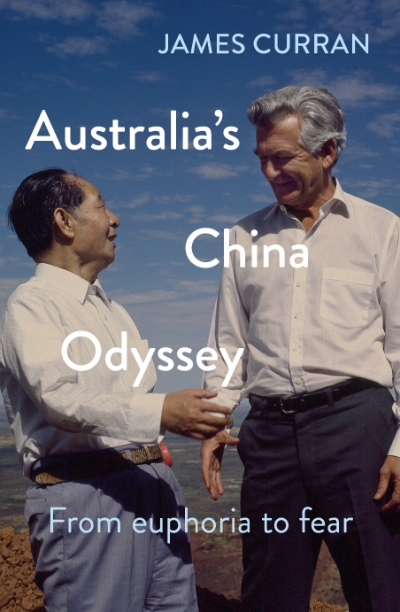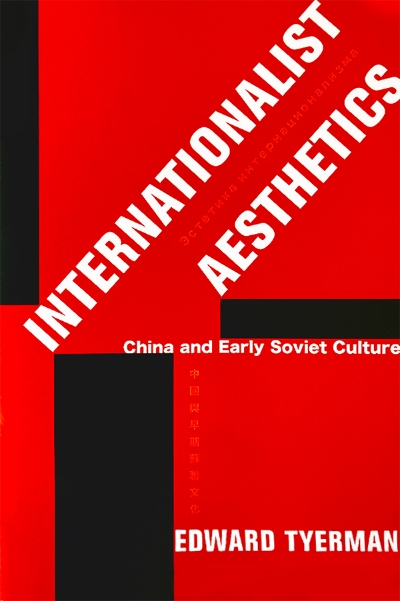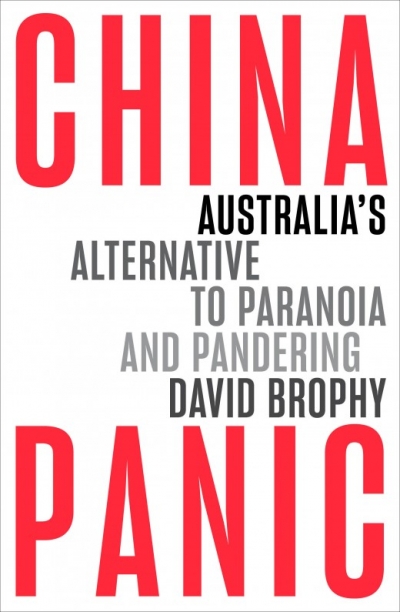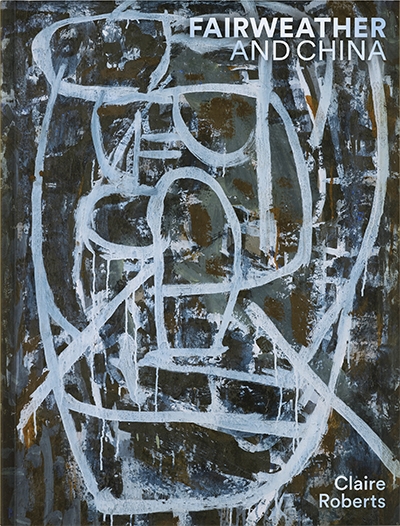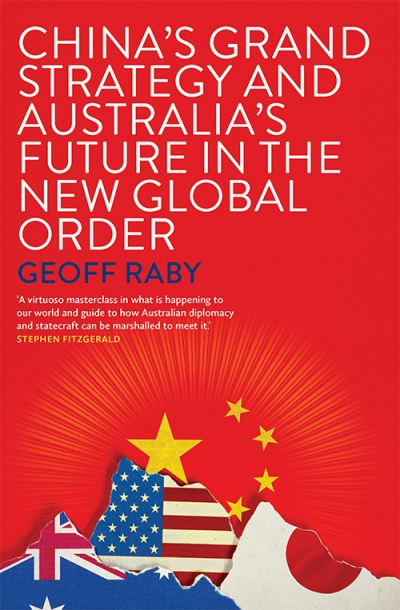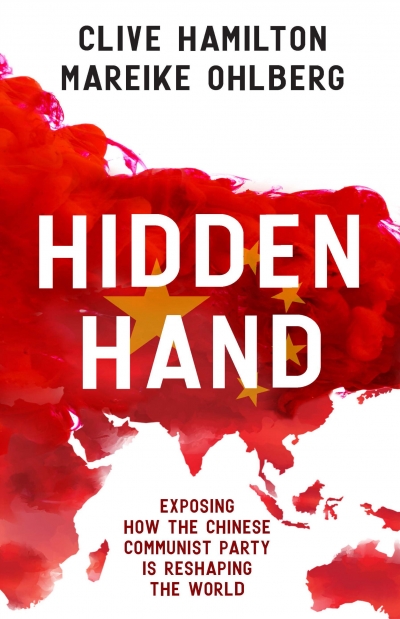China
Australia’s fraught journey with China continues. The Albanese government now wrestles with the same harsh global and regional realities as its predecessors. The crisis brought about by US House of Representatives Speaker Nancy Pelosi’s visit to Taiwan in early August now appears to have ruptured much of the initial attempts on both the Australian and Chinese sides to at least begin talking to each other again.
... (read more)Australia’s China Odyssey: From euphoria to fear by James Curran
Internationalist Aesthetics: China and early Soviet culture by Edward Tyerman
Kingdom of Characters: A tale of language, obsession, and genius in modern China by Jing Tsu
China Panic: Australia's alternative to paranoia and pandering by David Brophy
It has become a rite of passage for foreign correspondents returning home from a stint in China to pen a memoir recounting their experiences. All too often, the story begins with the said reporter crossing into mainland China at Lo Wu, having just spent time enjoying the bright lights of Hong Kong. Clearly, the Lo Wu railway station holds a certain allure for wandering Australian journalists.
... (read more)
